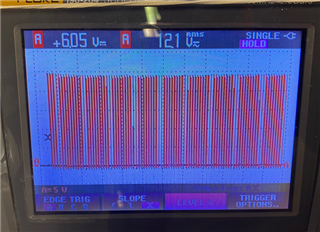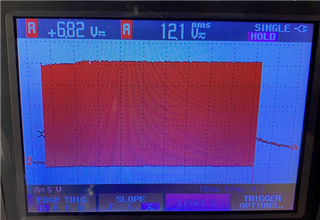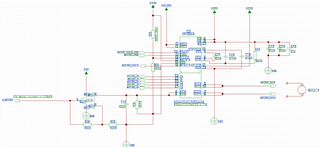Tool/software:
Hi,
Just wanted to check whether anyone has faced the same problem. So we thought that our motor was broken (DC brushed motor 24VDC) but it was investigated by the manufacturer that it´s not.
Still we have issues that once we start driving the motor it sometimes gives FAULT be right after start-up. We don´t know where this comes from as normal 24VDC power supply can drive the motor easily.
Is there any other ways (register, etc.) that we can diagnose the root cause? Can we see for example over voltage, over current, PWM error or something else?
Thanks in advance.








